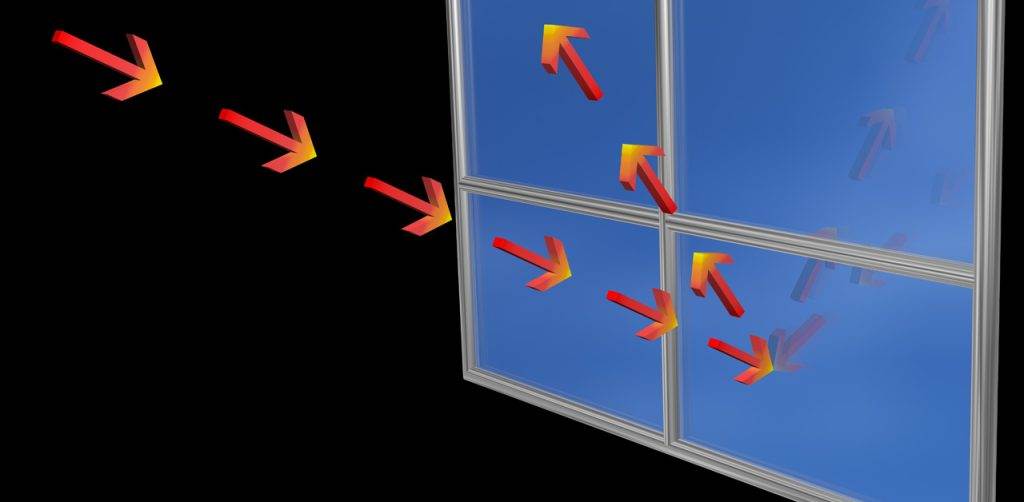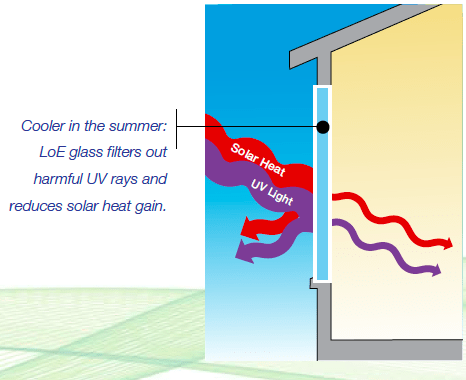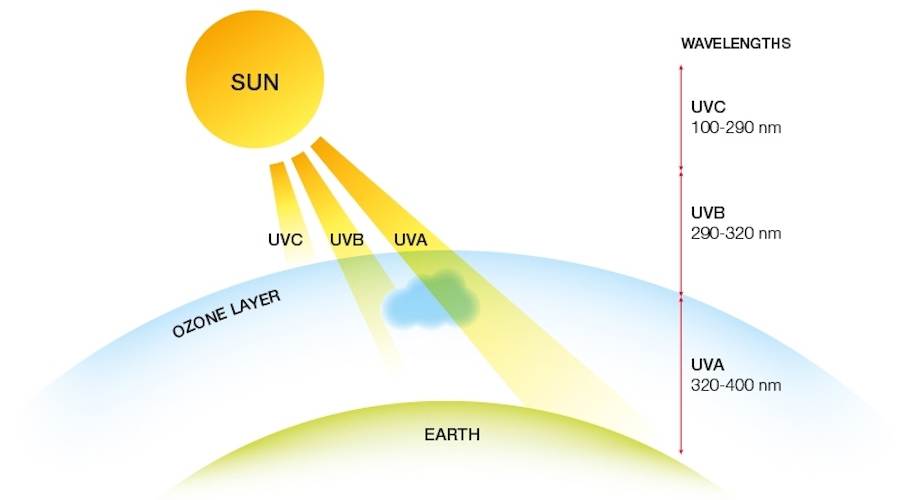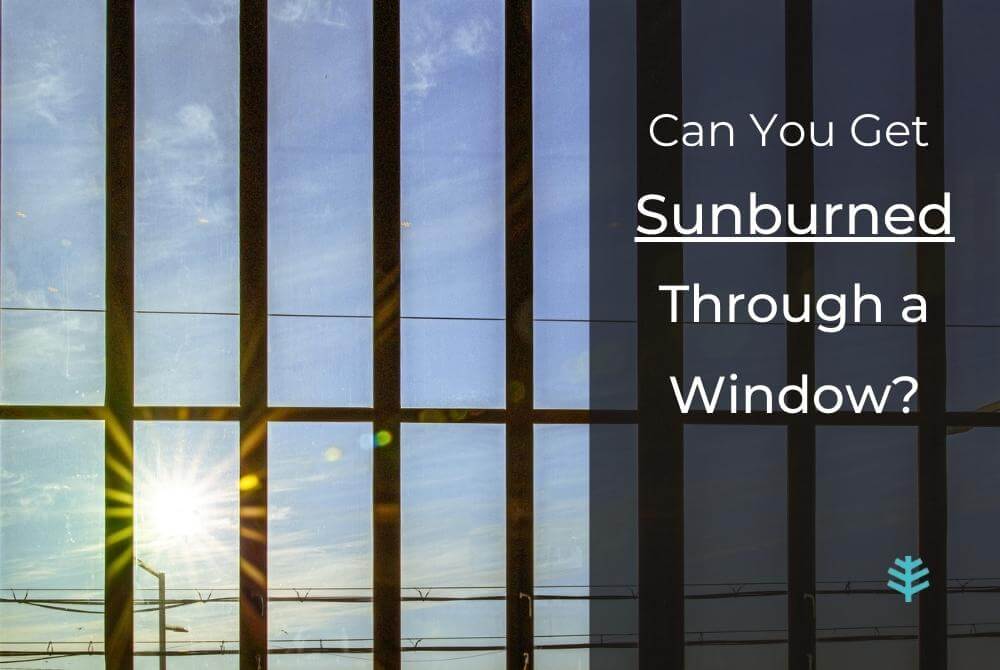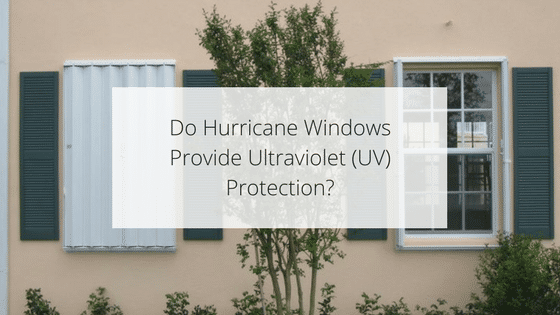So you’re wondering if impact windows can protect against UV rays, huh? Well, you’ve come to the right place! In this article, we’ll explore the fascinating world of impact windows and their ability to shield you from those harmful ultraviolet rays. Whether you’re concerned about the fading of your furniture, the potential damage to your skin, or simply want to maintain a sun-soaked view without compromising safety, we’ll uncover the truth and give you all the information you need to make an informed decision about impact windows and UV protection. So sit tight, and let’s dive into the world of impact windows and UV rays!
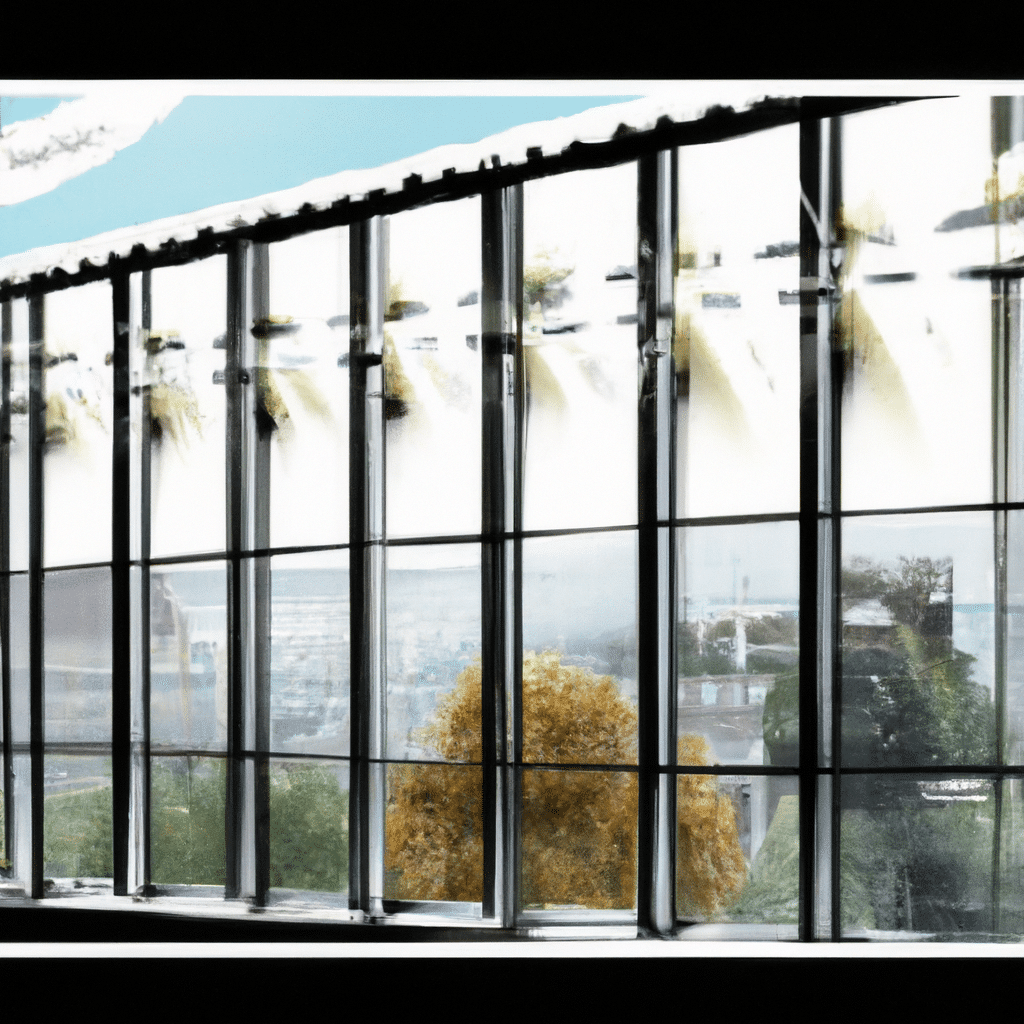
What are impact windows?
Definition
Impact windows, also known as hurricane windows or storm windows, are specially designed windows that are constructed to withstand high winds and flying debris during severe weather events such as hurricanes or storms. These windows are made with durable materials and are engineered to provide protection against the impact of debris, preventing it from penetrating the windows and causing damage to the property or endangering the occupants.
Components
Impact windows are made up of several components that work together to provide the necessary strength and protection. These components may include laminated glass, multiple layers and coatings, impact-resistant film, and specialized framing materials. Each component plays a crucial role in enhancing the window’s ability to withstand impact and protect against UV rays and other environmental factors.
Purpose
The primary purpose of impact windows is to provide protection against strong winds and flying debris during severe weather events. However, these windows also offer other benefits, including UV protection. UV rays can be harmful to both human health and the materials within a home, and impact windows are designed to mitigate these risks. By blocking UV rays, impact windows help to create a comfortable and safe indoor environment while also preserving the longevity and condition of furniture, flooring, and fabrics.
Understanding UV rays
Definition of UV rays
UV rays, or ultraviolet rays, are a type of electromagnetic radiation that is present in sunlight. They are divided into three categories based on their wavelength: UVA, UVB, and UVC. UVC rays are the shortest and most dangerous, but they are mostly absorbed by the Earth’s atmosphere and do not reach the surface. UVA and UVB rays, however, do penetrate the atmosphere and have various effects on human health and materials.
Effects of UV rays on health
UV rays can have harmful effects on human health, particularly when exposure is prolonged or excessive. UVA rays can prematurely age the skin, causing wrinkles and age spots, and may also contribute to the development of skin cancer. UVB rays are the primary cause of sunburn and can also increase the risk of skin cancer. Protecting the skin from UV rays is essential for minimizing these risks and maintaining healthy skin.
Effects of UV rays on materials
UV rays can also cause damage to materials such as furniture, flooring, and fabrics. Over time, prolonged exposure to UV rays can cause colors to fade, fabrics to weaken and deteriorate, and wood to become discolored or warped. These effects can result in costly repairs or replacement of damaged items. Therefore, protecting materials from UV rays is important for preserving the condition and longevity of household items.
How impact windows are designed to protect against UV rays
UV blocking technology
One of the key ways that impact windows protect against UV rays is by incorporating UV blocking technology into their construction. This technology involves the use of materials that are specifically designed to block a significant amount of UV radiation while still allowing visible light to pass through. By filtering out harmful UV rays, impact windows help to create a safer and more comfortable indoor environment.
Multiple layers and coatings
Impact windows often feature multiple layers and coatings that enhance their ability to protect against UV rays. For example, laminated glass, which consists of two or more layers of glass sandwiched together with a layer of Polyvinyl Butyral (PVB), can help to block a significant amount of UV radiation. Additionally, specialized coatings can be applied to the glass surface to further enhance UV protection.
Low-E glass
Low-emissivity, or Low-E, glass is another feature commonly found in impact windows that contributes to UV protection. Low-E glass has a microscopically thin coating that reflects heat and UV rays but allows visible light to pass through. This helps to keep the indoor temperature comfortable and reduce the amount of UV radiation entering the space.
Impact-resistant film
Impact windows may also incorporate an impact-resistant film between the glass layers. While the primary purpose of this film is to provide added strength and protection against impact, it also serves as an additional barrier against UV rays. The film can help to block a significant portion of UV radiation, reducing its harmful effects on both occupants and materials.
Specialized framing materials
In addition to the glass components, impact windows may utilize specialized framing materials that offer additional UV protection. For example, some window frames are constructed with materials that have built-in UV inhibitors, reducing the amount of UV radiation that can pass through the frame. By considering both the glass and framing materials, impact windows maximize their ability to provide comprehensive UV protection.

Benefits of UV protection
Preventing furniture and flooring damage
By blocking UV rays, impact windows help to prevent damage to furniture and flooring caused by fading and deterioration. UV rays are a major contributing factor to the fading of materials such as upholstery, carpets, and wood. With UV protection, homeowners can enjoy their furniture and flooring for longer without worrying about the constant need for replacements or costly repairs.
Reducing fading of fabrics
Fabrics, including curtains, drapes, and upholstery, are particularly susceptible to fading due to UV exposure. Impact windows with UV protection can significantly reduce the amount of UV radiation that enters a room, minimizing the fading of fabrics and helping them retain their original vibrant colors and patterns for a longer period.
Protecting skin health
UV protection is not limited to preserving the condition of furnishings and materials; it also plays a crucial role in safeguarding human health. By blocking the harmful UVA and UVB rays, impact windows help to reduce the risk of skin cancer, premature aging, and other skin conditions caused by prolonged exposure to sunlight. This benefit is especially important for individuals who spend a significant amount of time indoors but still want to enjoy natural light without worrying about UV damage.
Creating a comfortable indoor environment
Excessive heat from the sun’s rays can make a room uncomfortable, especially during hot summer months. Impact windows with UV protection help block a significant amount of heat, creating a more comfortable indoor environment. By reducing the amount of heat that enters a room, homeowners can enjoy cooler temperatures and reduced reliance on air conditioning, which can lead to energy savings.
Energy efficiency
In addition to creating a comfortable indoor environment, impact windows with UV protection can also contribute to overall energy efficiency in a home. By reducing heat gain, these windows help to regulate indoor temperatures and reduce the need for excessive cooling. This can result in lower energy bills and a reduced environmental impact, making them a sustainable choice for homeowners.
Testing and certification standards for UV protection
ASTM impact resistance standards
The American Society for Testing and Materials (ASTM) is an organization that establishes standards for various products and materials. In the case of impact windows, the ASTM has specific standards for impact resistance, which includes testing the windows’ ability to withstand high winds and the impact of flying debris. These standards ensure that impact windows meet the necessary criteria for providing effective protection against not only physical damage but also UV rays.
American Architectural Manufacturers Association (AAMA) certification
The American Architectural Manufacturers Association (AAMA) is another organization that provides certification for impact windows. Their certification process involves testing the windows against various performance criteria, including UV protection. By obtaining AAMA certification, manufacturers demonstrate that their impact windows meet industry standards for UV blocking and other important attributes.
National Fenestration Rating Council (NFRC) ratings
The National Fenestration Rating Council (NFRC) is an organization that provides standardized ratings for windows and other fenestration products. These ratings cover various performance factors, including UV protection. By checking the NFRC ratings of impact windows, homeowners can make informed decisions about which windows offer the best UV protection based on established industry standards.
Limitations of UV protection by impact windows
UV rays entering through open windows
While impact windows are designed to block UV rays, it is important to note that UV radiation can still enter a room through open or uncovered windows. In order to fully benefit from the UV protection provided by impact windows, it is essential to keep windows closed or use appropriate window coverings during periods of high UV exposure, such as midday when the sun is at its strongest.
Adherence to installation guidelines
To ensure maximum UV protection and overall effectiveness, it is crucial to install impact windows properly and according to the manufacturer’s guidelines. Improper installation can compromise the window’s ability to block UV rays and may result in gaps or weak points that can allow UV radiation to enter. Professional installation by experienced technicians is recommended to ensure proper functioning and optimal UV protection.
UV protection over time
Over time, the UV protection capabilities of impact windows may degrade due to wear and tear, exposure to harsh weather conditions, and other factors. It is important to regularly inspect impact windows for signs of damage or deterioration and to address any issues promptly to maintain the windows’ UV blocking effectiveness. Additionally, manufacturers may provide recommendations for replacing impact windows after a certain period to ensure continued UV protection.
Choosing the right impact windows for UV protection
Consulting with professionals
To ensure the best UV protection, it is advisable to consult with professionals who specialize in impact windows. They can provide expert advice and guidance on choosing the right windows based on factors such as your geographic location, specific UV protection needs, and budget considerations. Professional guidance can help you make an informed decision and select impact windows that offer the highest level of UV protection.
Considering the geographical location
The level of UV radiation can vary based on geographical location. Areas closer to the equator or at higher altitudes generally experience higher levels of UV radiation. When choosing impact windows for UV protection, consider the specific UV index of your region and select windows that are designed to provide adequate UV blocking capabilities for your specific location.
Finding windows with high UV protection ratings
Different impact windows may offer varying levels of UV protection. Look for windows that have high UV protection ratings or specific features that enhance their UV blocking capabilities. Manufacturers may provide information on the percentage of UV radiation blocked by their windows, which can help you determine the level of protection that a particular window offers.
Maintaining UV protection in impact windows
Regular cleaning and maintenance
Regular cleaning and maintenance of impact windows are essential for maintaining their UV protection capabilities. Dust, dirt, and other debris can accumulate on the windows’ surfaces over time, reducing their ability to block UV radiation. Cleaning the windows with appropriate products and methods recommended by the manufacturer can help preserve their UV blocking effectiveness.
Checking for damage or wear
Regularly inspecting impact windows for any signs of damage or wear is crucial to maintain their UV protection. Look for cracks, chips, or gaps that may compromise the window’s ability to block UV rays. Additionally, check the condition of the framing materials and any protective coatings on the glass surface. Address any issues promptly to ensure continued UV protection.
Replacing damaged components
If any components of the impact windows are damaged or compromised, it is important to replace them to maintain the windows’ UV protection capabilities. This may include replacing cracked or broken glass, repairing or replacing damaged frames, or reapplying protective coatings. Prompt repairs or component replacements will help ensure that the impact windows continue to provide effective UV blocking.
Other factors to consider for UV protection
Window orientation and sun exposure
The orientation of windows and the direction they face can impact the amount of UV radiation that enters a room. South and west-facing windows typically receive the most direct sunlight and, therefore, the highest UV exposure. Consider these factors when choosing impact windows and utilize strategies such as window coverings or shading devices to further reduce UV radiation during peak sun hours.
Additional window treatments
In addition to impact windows, homeowners may consider using additional window treatments to further enhance UV protection. Options such as UV-blocking films, blinds, shades, or curtains can provide an extra layer of defense against UV radiation. These treatments can be used in conjunction with impact windows for added UV blocking capabilities.
Potential effects of tinted windows
Tinted windows are another option that can help reduce UV radiation. Tinting involves adding a layer of film to windows that darkens the glass, reducing the amount of visible light and UV radiation that passes through. While tinted windows can provide significant UV protection, it is important to consider their impact on indoor lighting and aesthetics. Tinted windows may also have specific regulations or restrictions depending on the location.
Conclusion
In conclusion, impact windows offer more than just protection against high winds and flying debris during severe weather events. They are specifically designed to provide effective UV protection, mitigating the harmful effects of UV rays on human health and materials within a home. Through UV blocking technology, multiple layers and coatings, low-E glass, impact-resistant film, and specialized framing materials, impact windows maximize their ability to protect against UV radiation. The benefits of UV protection offered by impact windows include preventing furniture and flooring damage, reducing fading of fabrics, protecting skin health, creating a comfortable indoor environment, and improving energy efficiency. By understanding the testing and certification standards for UV protection, the limitations of UV protection by impact windows, and the factors to consider when choosing and maintaining impact windows, homeowners can make informed decisions to ensure the optimal UV protection for their homes. Whether you live in an area prone to severe weather or simply want to protect your health and belongings, impact windows with UV protection are an excellent investment with long-term benefits.

